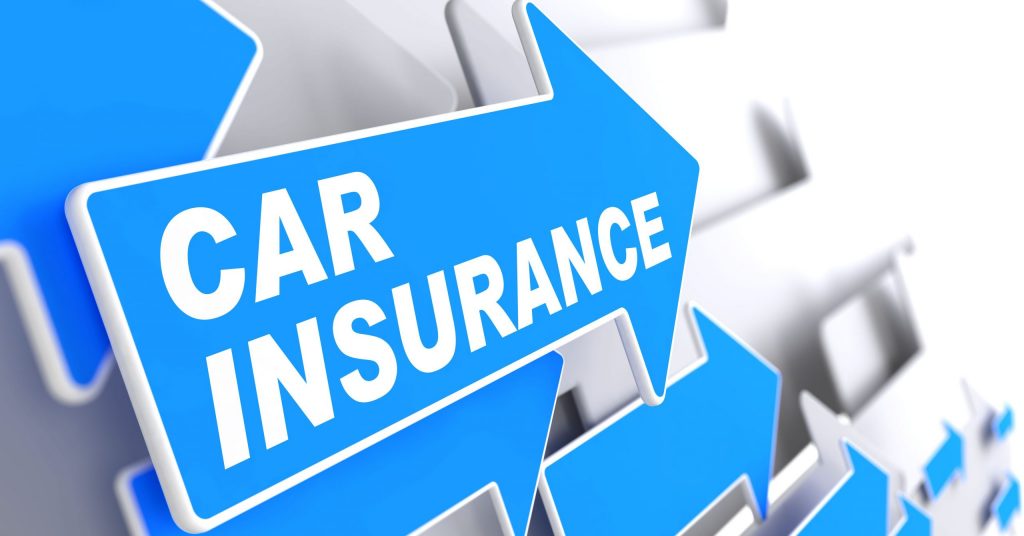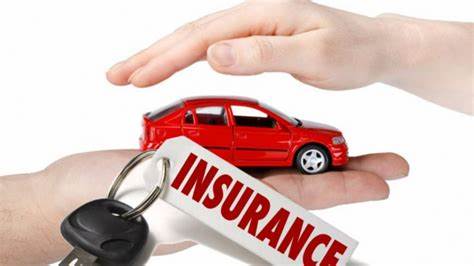Car insurance is a vital part of owning a vehicle, providing financial protection in case of accidents, theft, or damage. Whether you’re a new driver or a seasoned car owner, understanding car insurance is essential for both your peace of mind and legal compliance. In this article, we’ll break down what car insurance is, the types of coverage available, and why it’s necessary. We’ll also cover common terms you may encounter, how to choose the right policy, and tips to save money on your premium.
What Is Car Insurance?
Car insurance is a contract between you and an insurance company that provides financial protection against vehicle-related risks. In exchange for regular premium payments, the insurer agrees to cover certain expenses if your car is damaged or involved in an accident. It can cover a variety of situations, including car accidents, theft, natural disasters, and liability for injuries caused to others.

Car insurance is mandatory in many countries, including the United States, where each state requires drivers to have at least a minimum amount of coverage. Failure to carry the appropriate insurance can result in fines, penalties, or even suspension of your driver’s license.
Why Do You Need Car Insurance?
Having car insurance is crucial for several reasons:
- Legal Requirement: In most states and countries, you must have car insurance to drive legally. The type of insurance required can vary, but the basics usually include liability coverage, which helps cover damages you cause to others in an accident.
- Financial Protection: Car accidents can be costly, and the expenses from a single incident could potentially bankrupt you without proper coverage. Insurance helps protect you from high repair or medical costs that can arise from an accident.
- Peace of Mind: Knowing you’re covered in case of an accident can give you peace of mind while driving. Whether you’re commuting to work or on a road trip, car insurance ensures that you won’t have to bear the full financial burden of a collision.
- Protects Others: Car insurance doesn’t just protect you, but also other people. Liability coverage helps cover the costs if you’re responsible for injuries or property damage to others in an accident.
Types of Car Insurance Coverage
Car insurance policies come with different coverage options. Here are the main types of car insurance:
1. Liability Insurance
Liability insurance is the minimum coverage required by law in most places. It covers the costs of damage or injury you cause to others in an accident. Liability insurance is typically divided into two components:
- Bodily Injury Liability: Covers medical expenses, legal fees, and lost wages for the other driver and passengers if you’re at fault in an accident.
- Property Damage Liability: Pays for repairs or replacement of the other party’s vehicle or property that you damage in an accident.
2. Collision Insurance
Collision coverage pays for repairs to your vehicle if it’s damaged in a collision, regardless of who’s at fault. It covers accidents involving other vehicles or objects like trees, guardrails, and fences. If you have a loan or lease on your vehicle, this coverage may be required by the lender.
3. Comprehensive Insurance
Comprehensive insurance provides coverage for damages to your car that aren’t caused by a collision, such as theft, vandalism, natural disasters, or hitting an animal. This type of coverage protects you against a wide range of unexpected events.
4. Personal Injury Protection (PIP)
Personal Injury Protection, or PIP, is a type of insurance that covers medical expenses for you and your passengers in the event of an accident, regardless of who was at fault. PIP may also cover lost wages and funeral costs. This coverage is especially important in no-fault states.
5. Uninsured/Underinsured Motorist Coverage
Uninsured or underinsured motorist coverage protects you if you’re involved in an accident with a driver who has insufficient or no car insurance. It can cover medical costs, vehicle repairs, and other damages in such situations.
6. Medical Payments Coverage
Medical payments coverage helps pay for medical bills resulting from an accident, regardless of who’s at fault. It can cover hospital visits, surgeries, and even rehabilitation services.
7. Gap Insurance
If you owe more on your car loan than the vehicle is worth, gap insurance can cover the difference if your car is totaled in an accident. This coverage helps prevent financial loss in the event of total vehicle loss.
Factors That Affect Car Insurance Rates
Several factors can influence the cost of your car insurance premium. Understanding these factors can help you make informed decisions about your policy and find ways to lower your premium.
- Driving History: A clean driving record with no accidents or traffic violations typically results in lower premiums. Insurance companies view experienced, safe drivers as less risky.
- Age and Gender: Younger drivers, especially teenagers, often pay higher premiums due to their inexperience on the road. In many cases, men are also charged higher rates than women, as statistically, they are involved in more accidents.
- Location: Where you live can affect your insurance rates. Urban areas with high traffic and crime rates typically result in higher premiums, while rural areas tend to have lower rates.
- Vehicle Type: The make, model, and age of your car can impact your premium. High-performance or luxury vehicles often cost more to insure, as they are more expensive to repair or replace.
- Credit Score: In some places, your credit score can influence your car insurance rates. Insurers may consider individuals with higher credit scores to be less risky.
- Coverage Limits: The higher the coverage limits you choose, the more you’ll typically pay. However, opting for higher limits can provide more comprehensive protection in case of an accident.
- Deductible Amount: Your deductible is the amount you pay out of pocket before your insurance coverage kicks in. A higher deductible usually results in lower monthly premiums.
How to Choose the Right Car Insurance
When selecting a car insurance policy, consider the following tips to ensure you get the coverage you need:
- Understand Your Needs: Assess your driving habits, the value of your car, and your financial situation to determine the level of coverage you need. For example, if you have an older car, you may not need comprehensive or collision coverage.
- Compare Policies: Get quotes from multiple insurance providers and compare coverage options and rates. Pay attention to the details of each policy to ensure you’re getting the right protection.
- Check for Discounts: Many insurance companies offer discounts for safe driving, bundling multiple policies, or having anti-theft devices in your car. Ask your insurer about available discounts to lower your premium.
- Read the Fine Print: Always review the terms and conditions of the policy carefully. Look for exclusions and limitations to ensure you’re fully aware of what’s covered.
- Review Your Policy Annually: Your insurance needs may change over time, so it’s important to review your policy every year. If your car’s value decreases or your driving habits change, you may be able to adjust your coverage and lower your premium.
Tips to Save Money on Car Insurance

- Increase Your Deductible: Raising your deductible can lower your monthly premium. Just ensure you can afford to pay the deductible if you need to file a claim.
- Maintain a Safe Driving Record: Avoid accidents and traffic violations to keep your driving record clean. Safe drivers are rewarded with lower rates.
- Bundle Policies: Many insurers offer discounts if you bundle car insurance with other policies, such as homeowners or renters insurance.
- Consider Telematics: Some insurers offer discounts for using telematics devices that track your driving behavior. If you’re a safe driver, this can result in significant savings.
- Shop Around: Insurance rates can vary significantly between providers. It’s worth shopping around and comparing quotes from different companies to find the best deal.
Conclusion
Car insurance is a necessary investment to protect yourself, your vehicle, and others on the road. With various coverage options available, it’s essential to understand what each type of insurance offers and choose a policy that suits your needs. By comparing rates, understanding the factors that affect premiums, and following tips to save money, you can ensure you’re getting the best coverage at an affordable price. Don’t forget to review your policy annually to ensure it still meets your needs as circumstances change.

Leave a Reply